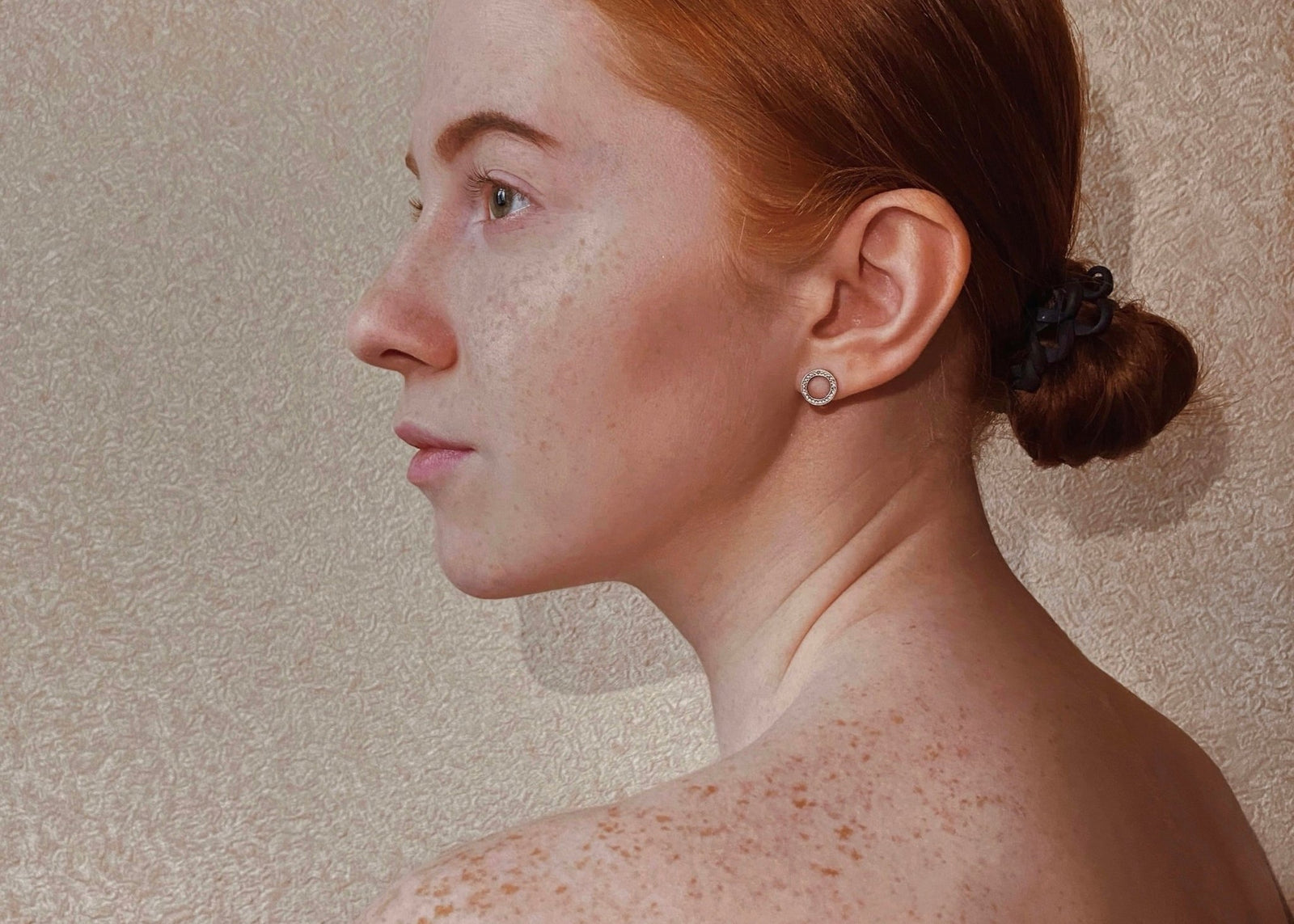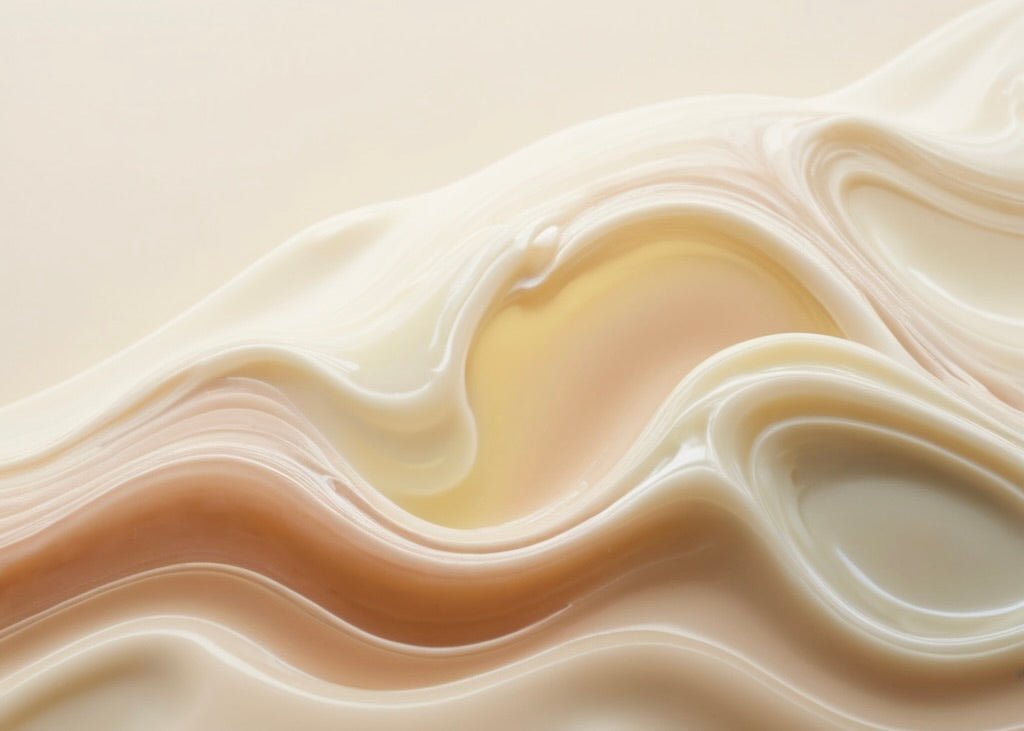
When to Apply Moisturizer After Using Retinol
The world of skincare can be a complex one, with a myriad of products and ingredients to navigate. One such ingredient that has gained significant attention in recent years is retinol, a derivative of vitamin A. Known for its anti-aging and skin-smoothing properties, retinol is a powerhouse in the skincare industry. But with great power comes great responsibility, and knowing when to apply moisturizer after using retinol is crucial to reaping its benefits while minimizing potential side effects.
Understanding Retinol
Before we delve into the specifics of when to apply moisturizer after using retinol, it's important to understand what retinol is and how it works. Retinol is a type of retinoid, which is a class of compounds derived from vitamin A. It's widely used in skincare products due to its ability to promote cell turnover and stimulate collagen production, helping to reduce the appearance of fine lines, wrinkles, and hyperpigmentation.
However, retinol can also be irritating to the skin, especially for those who are new to using it or have sensitive skin. This is where moisturizer comes in. Applying moisturizer after retinol can help to soothe and hydrate the skin, reducing irritation and dryness. But timing is key, and applying moisturizer at the right time can make all the difference.
The Ideal Time to Apply Moisturizer After Retinol
So, when is the best time to apply moisturizer after using retinol? The answer can vary depending on your skin type and the specific retinol product you're using, but a general rule of thumb is to wait at least 20 minutes after applying retinol before applying moisturizer.
This waiting period allows the retinol to fully absorb into your skin and start working its magic. If you apply moisturizer too soon, it can dilute the retinol and reduce its effectiveness. However, if your skin is particularly dry or sensitive, you may want to shorten this waiting period or even apply moisturizer before retinol to provide a protective barrier.
For Normal to Oily Skin
If you have normal to oily skin, you'll likely be able to handle the full 20-minute wait time. After cleansing your skin and applying your retinol product, wait for at least 20 minutes before applying your moisturizer. This will give the retinol time to absorb and start working, while the moisturizer will help to lock in the retinol and keep your skin hydrated.
When choosing a moisturizer, look for one that is lightweight and non-comedogenic, meaning it won't clog your pores. Ingredients like hyaluronic acid and glycerin are great for providing hydration without making your skin feel greasy.
For Dry or Sensitive Skin
If you have dry or sensitive skin, you may want to shorten the waiting period or even apply moisturizer before retinol. This is known as the "sandwich" method, where you apply a layer of moisturizer, then your retinol product, then another layer of moisturizer. This can help to reduce irritation and dryness caused by retinol.
When choosing a moisturizer, look for one that is rich and hydrating, with ingredients like ceramides and shea butter. These can help to strengthen your skin's barrier and keep it moisturized.
Benefits of Using Natural and Sustainable Skincare Ingredients
While we're on the topic of skincare, it's worth noting the benefits of using natural and sustainable skincare ingredients. Not only are these ingredients better for the environment, but they can also be gentler and more nourishing for your skin.
Many natural ingredients, such as aloe vera, green tea, and chamomile, have anti-inflammatory properties that can soothe and calm the skin, making them a great addition to your skincare routine if you're using retinol. Plus, by choosing products with sustainable ingredients, you're doing your part to support the health of our planet.
Key Natural Ingredients to Look For
- Aloe Vera: Known for its soothing and hydrating properties, aloe vera is a great ingredient to look for in your skincare products, especially if you're using retinol.
- Green Tea: Rich in antioxidants, green tea can help to protect your skin from environmental damage and reduce inflammation.
- Chamomile: Chamomile has calming properties that can help to reduce redness and irritation, making it a great choice for those with sensitive skin or those using retinol.
Conclusion
Using retinol can be a game-changer for your skin, but knowing when to apply moisturizer after using retinol is key to maximizing its benefits and minimizing potential side effects. Remember, the best time to apply moisturizer can vary depending on your skin type and the specific retinol product you're using, but a general rule of thumb is to wait at least 20 minutes after applying retinol.
And don't forget the importance of using natural and sustainable skincare ingredients. These ingredients can provide additional benefits for your skin, while also being better for the environment. So, here's to healthy, glowing skin and a healthier planet!














